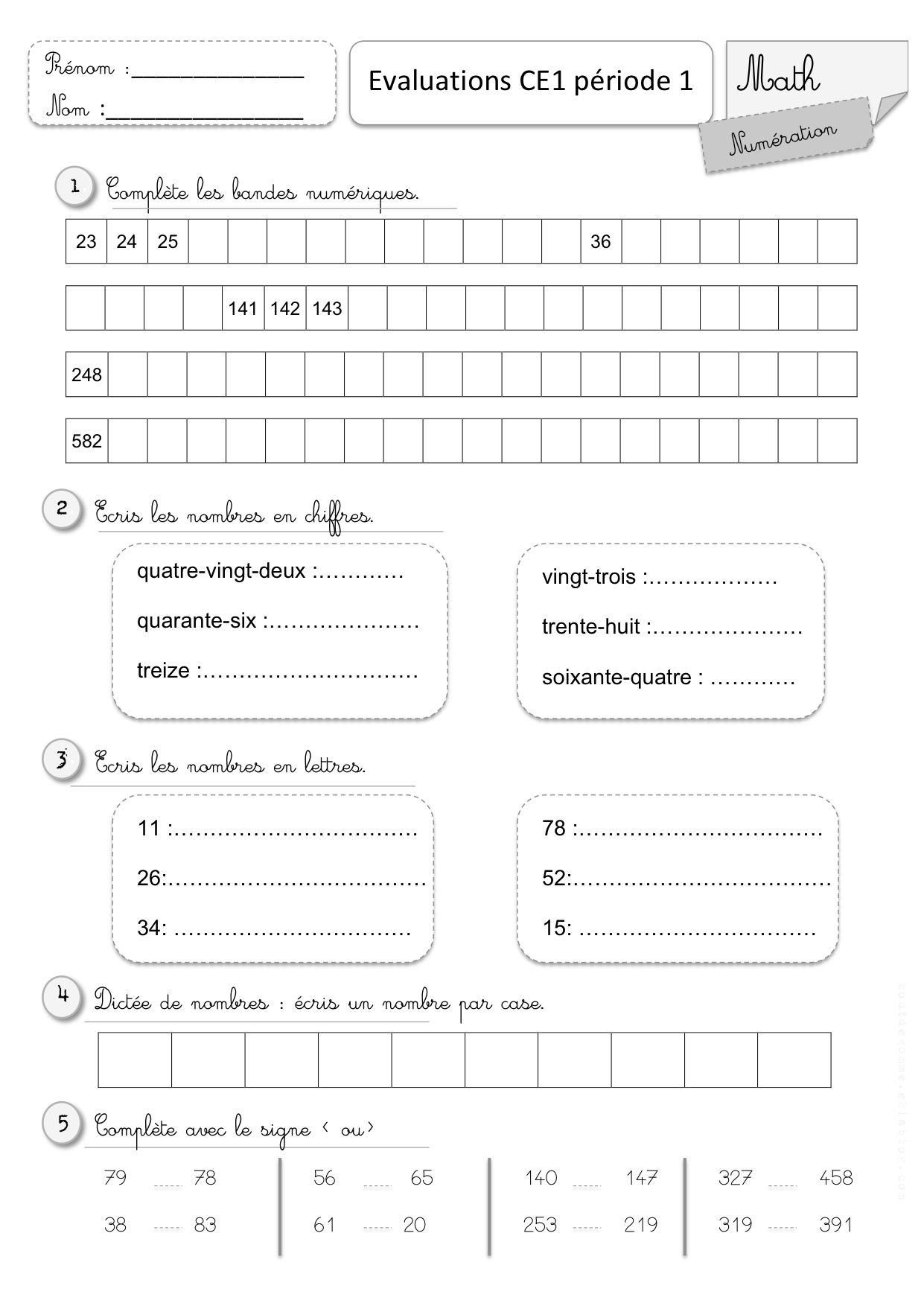
It is an interesting pattern already, because all of its digits are 1's when written in base 10. Mathematics too has profited from the idea that sometimes things of interest might have a structure which allowed them to be decomposed into simpler parts. Photo by Wikipedia user Foobar, CC BY-SA 3.0 Prime patterns But some of these "fundamental" particles could be decomposed into smaller "parts." We now have a zoo of quarks and other "pieces" to help us understand the complexities of the matter we see in the world around us.Ĭrystals of gallium, an element whose existence was predicted using the periodic table This progression of insight lead to the idea of atoms, and that atoms too might have structure lead to the idea of subatomic particles. The work done related to understanding the structure of the periodic table suggested and lead to the idea that elements were also made up of even smaller pieces.
#Decompose math how to
These new elements were in part created because the periodic table suggested approaches as to how to manufacture them. The table also suggested "trans-uranium" elements, which did not seem to exist in the physical world but could be created, and were created, in the laboratory. The table suggested that there might be elements which existed but had not been noticed the "holes" in the table were filled when these elements were discovered, sometimes because missing entries were sought out. The patterns noticed in these building block elements lead to the theoretical construct called the periodic table, which showed that various elements seemed to be related to each other.


Eventually, many elements (not the Elements of Euclid!) were discovered. Physicists and chemists found this approach very productive-to understand water or salt it was realized that common table salt was sodium chloride, a compound made of two elements, sodium and chlorine and that water was created from hydrogen and oxygen. One way to get insights into something one is trying to understand better is to break the thing down into its component parts, something simpler. In a 1st-grade class, a student uses their knowledge of number combinations to solve 8 = ? + 3, modeling the problem with counters.Mathematics too has profited from the idea that sometimes things of interest might have a structure which allowed them to be decomposed into simpler parts. And trust me, the time it takes a child to do this is a lot less than the time it takes me to explain it! They can now solve it by decomposing the 5 into 2 and 3, adding the 2 to the 8 to make 10, and then adding the remaining 3 to get 13. They know that a combination for 5 is 2 and 3. Say the student is now presented larger numbers, like 8 + 5. This is actually the foundation for learning basic facts, but it goes beyond that. Consider the following examples:Ī Kindergarten student uses number bracelets to find all the combinations for a given number. Ĭomposing and decomposing numbers became part of our instructional vocabulary after the Common Core State Standards for Mathematics (CCSSM) were adopted in 2010. It’s a skill that starts in Kindergarten and follows students throughout their mathematical career, and it’s something that should be present in your classroom on a daily basis. One of the key factors in reaching that goal is helping our students learn to compose and decompose numbers. Think about the ultimate goal of math instruction-students with strong skills and flexibility with numbers. So what does that have to do with math you might ask.

Every four years, I’m blown away by the strength and flexibility of these athletes. Anybody else? I have to admit that I was not very flexible-I couldn’t do a smooth backward roll to save my life! That said, one of my favorite Olympic events is the gymnastics competition. As a young girl, I briefly took gymnastics lessons.


 0 kommentar(er)
0 kommentar(er)
